On the strength of Justin’s review of StegegetS Moomin, I hunted down a copy so I could color and roll dice with my kiddos. They loved it. They still love it. I suspect our sessions last a little longer than Justin’s, if only because we are a slow bunch—not the “paralyzed by decision-making” types, but more the “never in a hurry, be—squirrel!!” types. Regardless, I highly recommend Moomin for a relaxing family night around the table.
During recent travels, we stopped in Pop’s Culture Shoppe in Wellsboro, PA. (One FLGS that has yet to say goodbye!) There I stumbled across a copy of StegegetS, the ever-palindromic planetary follow-up from Ion Game Design. Looking at the names, you might expect this shorter moniker to have been the original, but no. In fact, the box reads StegegetS Solar System even if the official BGG listing lacks the subtitle. What’s in a name, anyway?
Tellus about it
StegegetS gathers its essence from Yahtzee—roll dice in hopes of attaining combinations. The “board” is a 16”x 16” tear-off sheet depicting thirty objects in and around the Solar System (not to scale for obvious reasons) organized in concentric revolutions around the Sun, Sol for our Latin-speaking friends. Players launch seven dice in hopes of matching the combination on their desired destination. These travels are then penned onto the board, tracking every unique experience for posterity.
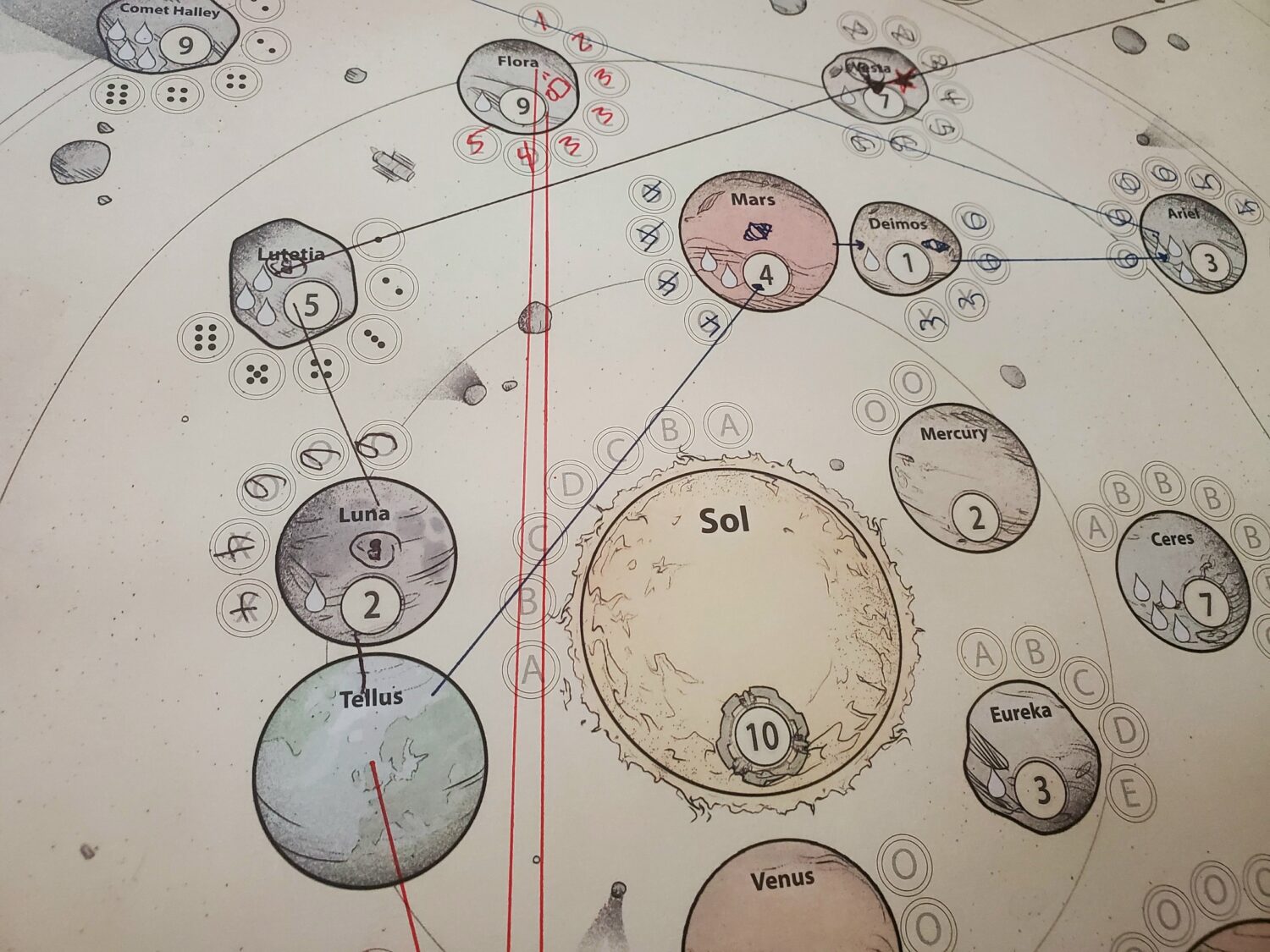
The first round will feel much like Moomin. Where Solar System differs, for I’ve yet to describe anything different, is in the amount of agency afforded each player. When visiting a planet, players now write each of their rolled values onto the board. Beginning in the second round, they are then afforded the ability to recall one or more dice from their previous turn to aid their current effort. This mechanism, combined with the fact that players are also tracing their paths throughout the game, lends intention to Solar System compared to Moomin’s happy-go-lucky “let’s see where I end up next” ethos.
Building on this intentionality, Solar System also includes bonus scoring for each turn based on the outcome. Choosing a destination reachable via a straight line (keep a ruler handy—there is none in the box) grants a bonus point. Similarly, the inclusion of fives and/or sixes in the result grants bonus points, pushing players to hunt high-end values while potentially stifling the need for lower dice on a future destination. Finally, crossing another player’s path grants two bonus points. This final design decision encourages players to gum up the space highways and stay near one another, creating competition about the various locations.
Another difference is in the power-up. Moomin offered a bonus eighth die, but only as compensation for failing to achieve a destination—a little pick-me-up when the dice bite. Solar System has built power-ups into the system. Fours-of-a-kind offer, rather than a scoring location, the purchase of a first-come-first-serve ability instead of a normal turn. Bonus rolls, free-setting dice, one extra die, two extra dice are all waiting in the Technology zone. Players stop off, hit the astrophysical gym, and resume their journey as a stronger version of themselves.

Only one of the thirty stops on the map explicitly relies on the expanded nine-dice roll, but every Tech option is helpful. Stopping off once may seem counter-productive due to the lack of immediate scoring, but those boons offer near guarantees of accomplishing later goals on the paper, boosting the scoreboard along with the travels.
Providing one more supplemental boost, players roll dice at the beginning of the game to set turn order, but those rolls also attach a bonus to a particular object in the Solar System that unlocks for the player who gets there first. These bonuses present yet another temptation in the attempt to dominate the game’s space and reward intentional movement.
After a number of rounds tied to the player count, the game ends and players tally their results. All told, Solar System lasts that same near-hour as its Moomin cousin.
Tellus the trouble
Where Solar System falls short of its predecessor is in the coloring. Moomin, in providing a stack of colored pencils, handles its downtime by encouraging players to color the heck out of the ridiculously charming game board, which is loaded with scenery and characters. The interplanetary StegegetS also provides coloring pencils, but they are all but useless.
The paper is antiqued in color, which renders the pencils less legible. In asking players to write, draw, and trace lines, the tips dull too quickly and some of the colors wash out against one another or the printed page. As a result, we switched to colored G2 gel pens for our second play and never looked back. It’s so much easier to write and to read. Because the background is, well, space, there’s no real loss from the missing colored pencils. Instead of coloring, we’ve taken to drawing aliens, ships, and space garbage around the board as we play.
To Jon Manker’s credit, the back of the rulebook basically encourages players to bust out their art sets and make the game beautiful by any and all means. The pencils are only the beginning, the spark for the creative juice. There are no prohibitions against pastels, puff-paint, decoupage, or watercolors. Here, the sky is hardly the limit.
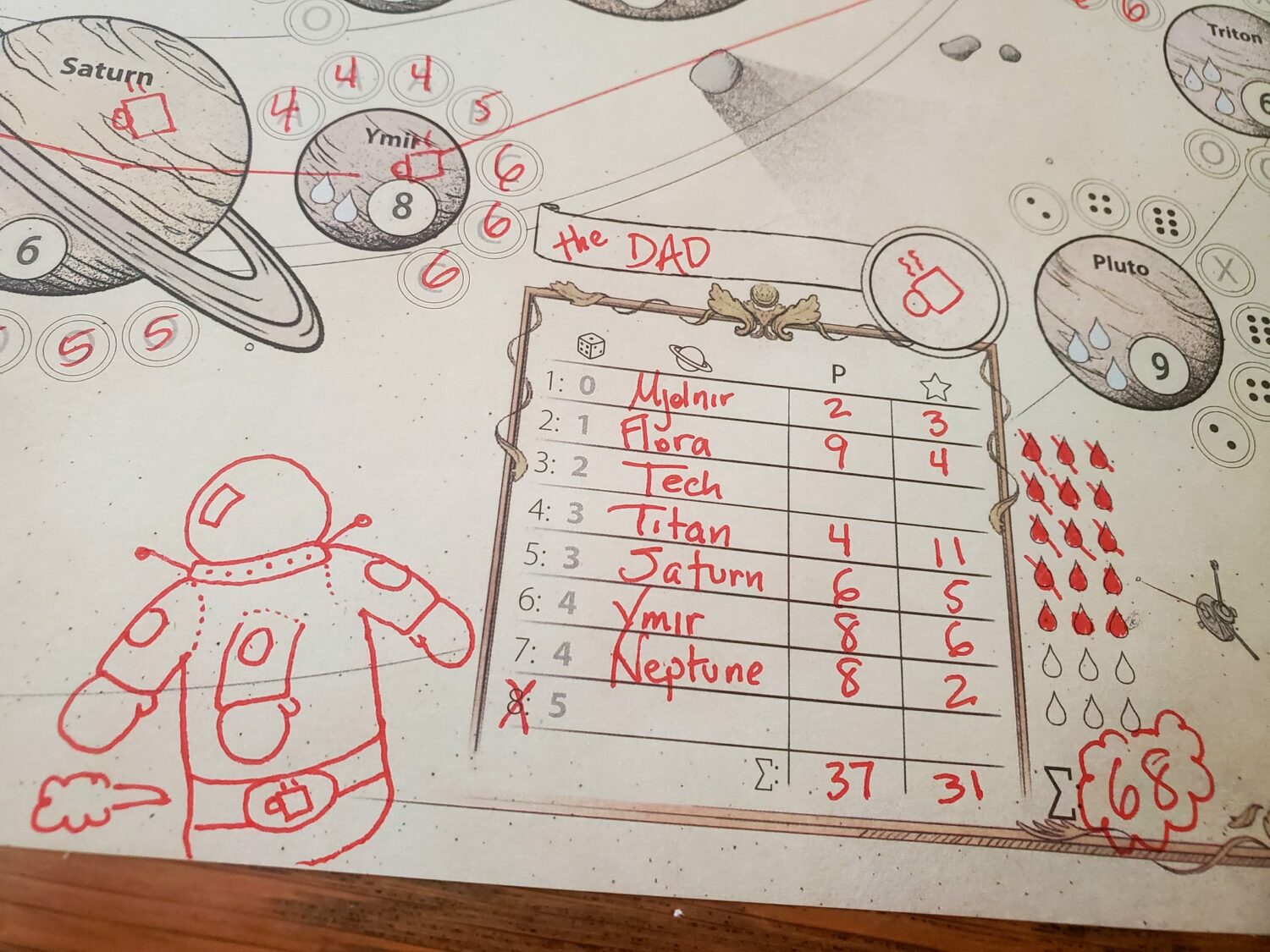
While I’m on the subject of doodling—much like its predecessor, StegegetS Solar System comes with downtime. As players look over the map, roll, consider their options, potentially reroll, recall their previous dice, and implement their turn, you will be watching, waiting, or helping the little ones process options. Four players is my limit for this reason, three is my ideal. I like having more paths to cross, but I don’t want to wait forever for it. I like doodling, but I don’t want to forget that I’m playing.
My only other complaint comes with an easy remedy. Those Exceptional Discoveries—the specials unlocked at the beginning of the game by rolling the dice—are heavily bound and gagged. Players rolling seven dice are bound to strike the average, roughly nineteen to twenty-seven, meaning only the Discoveries in the center of the chart will ever realistically enter play. The numbers at the extreme remain silent. I would recommend starting with all seven prescribed dice, but eventually altering that roll to include more or less dice to explore the effect of the ultra-high and ultra-low values. You’ll probably exhaust the entire pad of game boards without rolling seven ones otherwise.
Tellus the rest
Even with the downtime, Solar System runs faster than Moomin. The desire to run on straight and intersecting lines lends focus to the sprawling map. One must never forget, though, that every available location is legal by forfeiting the straight-line bonus.
Far from frustrating, the ability to guarantee certain dice values limits the disappointment. As a result, rather than rolling and then scanning the map to see what they might accomplish, players now choose a destination or two, roll, and then chase the one that is most feasible. I love the change. It feels more like everyone’s up to something.
Even with the pencil problem, Solar System has led to some lovely end products in terms of icons, drawings, creative pathways and otherwise lovely visuals. I can’t expect a publisher to include gel pens with every copy, so I don’t want to sound more sour than I really am. More than anything, I’ve simply had to adjust my Moomin-fed expectations. Plus, I now have the option of coloring my own pen drawings with the provided colored pencils.

Solar System has been a great success thus far. My kiddos love chucking handfuls of dice. They love purchasing even more dice to chuck. They love visiting the aliens of Tau Ceti, scoring big and then being generous with their water supply to score even more. They love busting out the pens and the ruler. They love drawing their chosen icons on every planet they visit. Much like Moomin, they occasionally allow their creative wants to trump their competitive oughts, and I love that.
Jon Manker’s design isn’t likely to be deemed a classic, but it will strike a chord with the right audience. The rulebook is stamped in the corner, “powered by World Book”—I welcome encyclopaedic shout-outs. The back of the book contains a factoid about each of the game’s Latinized locations and even a brief note about the palindromic name of the series. The rulebook contains twelve languages, none of which exceeds three total pages. StegegetS is simple and, above all, unique. Regardless of which title you try, you will find something just a little different here, something from another world altogether.


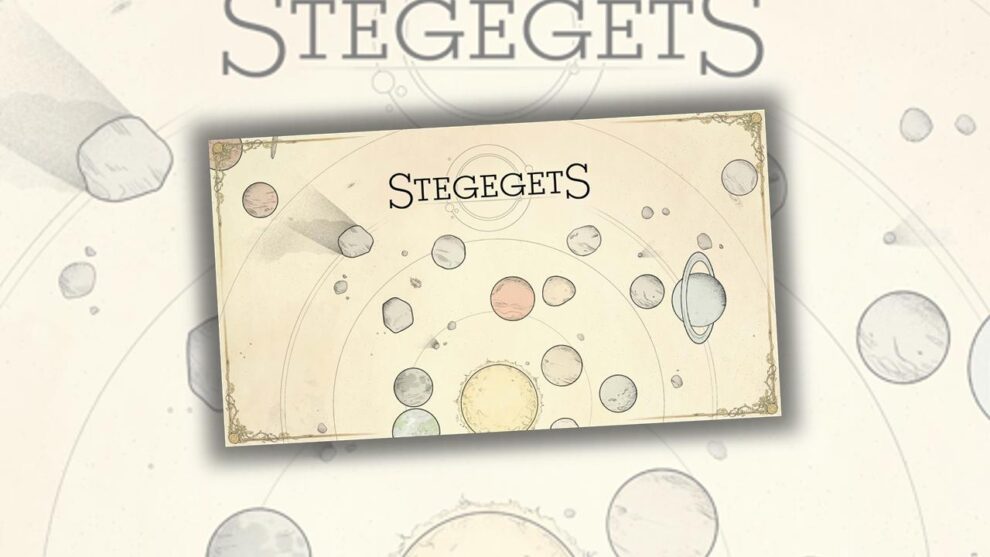
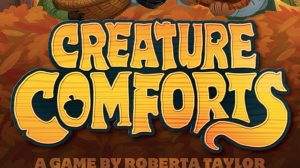

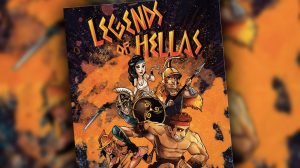
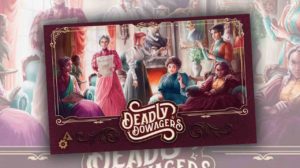


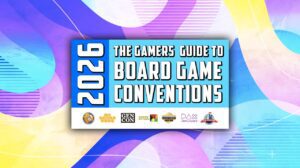

Thank you for the content rich review, I am very happy you and, in front of all, your kids liked it so much!